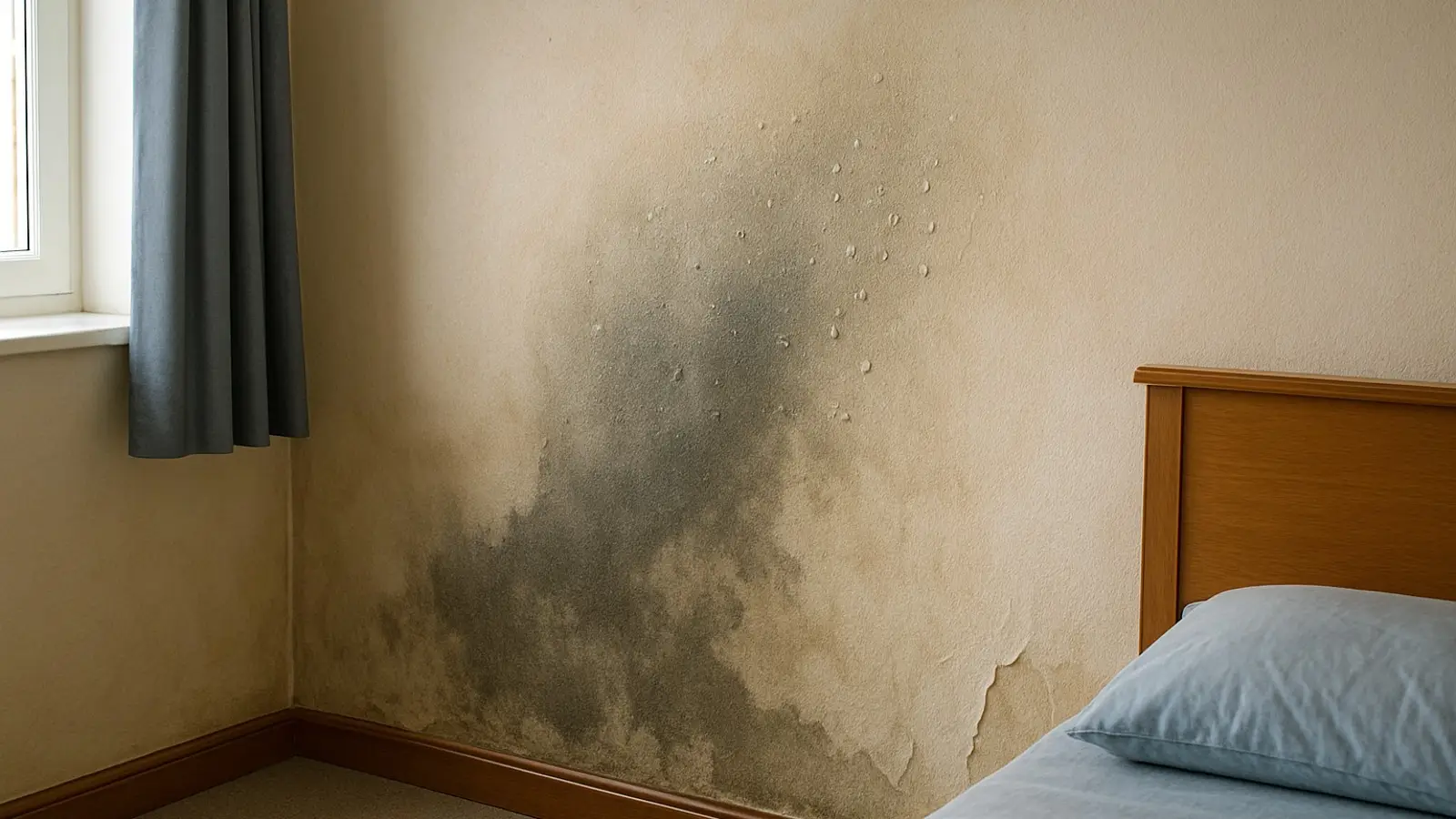https://boda.su/en/posts/id571-hidden-dangers-of-indoor-humidity-how-to-protect-your-health
Hidden Dangers of Indoor Humidity: How to Protect Your Health
The Hidden Threat of Indoor Humidity and Simple Ways to Stay Healthy
Hidden Dangers of Indoor Humidity: How to Protect Your Health
Learn how excess indoor humidity affects health and discover practical tips to prevent mold, bacteria, and allergies by improving ventilation and temperature.
2025-09-30T12:30:36+03:00
2025-09-30T12:30:36+03:00
2025-09-30T12:30:36+03:00
The Hidden Threat
Feeling dampness at home without spotting black stains on the walls is no reason to breathe easy. The absence of mold does not mean the issue has vanished. Moist air creates a perfect environment for bacteria, mites, and viruses to spread—triggers that can lead to coughing, infections, and worsening allergies.
Where Excess Moisture Comes From
Moisture does not only sneak in through leaky windows or construction flaws. Everyday habits are often to blame: rare ventilation, keeping the apartment too cold, and neglecting the maintenance of household appliances.
Early Warning Signs
Fogged-up windows and condensation on sills are red flags. Even if mold is not yet visible, the air inside may already pose health risks.
Heating and Ventilation Mistakes
Cutting corners on heating and maintaining a low indoor temperature makes walls colder, causing moisture to settle faster. Ventilation errors add to the problem: leaving a window ajar all day is far less effective than a few minutes of strong air exchange.
Hazardous Filters
Dirty air conditioners, recuperators, and humidifiers can become breeding grounds for microorganisms. Instead of clean air, they spread bacteria and spores. The solution is straightforward—regular cleaning and timely filter replacement.
Ventilation in the Wrong Direction
Even a well-functioning system can do harm if the airflow is directed straight at people. In such cases, mucous membranes dry out, immunity weakens, and colds become frequent visitors.
What Can Help
Experts suggest several measures to keep the air safe and healthy:
Maintain a temperature above +19 °C
Ventilate rooms briefly but intensively
Clean and replace filters regularly
Adjust airflow so it does not hit people directly
Monitor humidity with a hygrometer and use a dehumidifier if needed
These simple steps can protect health and comfort, even before mold appears.
Indoor Humidity, Mold Prevention, Healthy Home, Ventilation Tips, Air Quality, Allergies, Moisture Control, Clean Filters, Dehumidifier, Home Health
2025
articles
The Hidden Threat of Indoor Humidity and Simple Ways to Stay Healthy
Learn how excess indoor humidity affects health and discover practical tips to prevent mold, bacteria, and allergies by improving ventilation and temperature.
Generated by Dall-e
The Hidden Threat
Feeling dampness at home without spotting black stains on the walls is no reason to breathe easy. The absence of mold does not mean the issue has vanished. Moist air creates a perfect environment for bacteria, mites, and viruses to spread—triggers that can lead to coughing, infections, and worsening allergies.
Where Excess Moisture Comes From
Moisture does not only sneak in through leaky windows or construction flaws. Everyday habits are often to blame: rare ventilation, keeping the apartment too cold, and neglecting the maintenance of household appliances.
Early Warning Signs
Fogged-up windows and condensation on sills are red flags. Even if mold is not yet visible, the air inside may already pose health risks.
Heating and Ventilation Mistakes
Cutting corners on heating and maintaining a low indoor temperature makes walls colder, causing moisture to settle faster. Ventilation errors add to the problem: leaving a window ajar all day is far less effective than a few minutes of strong air exchange.
Hazardous Filters
Dirty air conditioners, recuperators, and humidifiers can become breeding grounds for microorganisms. Instead of clean air, they spread bacteria and spores. The solution is straightforward—regular cleaning and timely filter replacement.
Ventilation in the Wrong Direction
Even a well-functioning system can do harm if the airflow is directed straight at people. In such cases, mucous membranes dry out, immunity weakens, and colds become frequent visitors.
What Can Help
Experts suggest several measures to keep the air safe and healthy:
- Maintain a temperature above +19 °C
- Ventilate rooms briefly but intensively
- Clean and replace filters regularly
- Adjust airflow so it does not hit people directly
- Monitor humidity with a hygrometer and use a dehumidifier if needed
These simple steps can protect health and comfort, even before mold appears.

